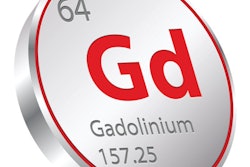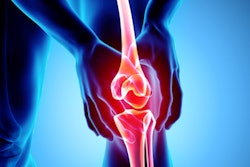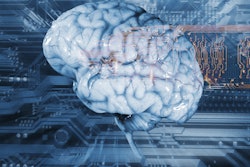Dear AuntMinnieEurope Member,
When it comes to contrast media safety, Prof. Henrik Thomsen from Copenhagen is always worth listening to, and surely it's significant that he remains concerned about the concentration of gadolinium in tap water. He's convinced there's an urgent need for more effective water purification systems and better monitoring of gadolinium levels.
Thomsen's comments come in the wake of an intriguing new investigation of gadolinium contamination in tap water and tap water-based soft drinks from fast-food outlets at six large German cities. Get the full details in the MRI Community.
The clinical manifestations of liver transplantation complications can be subtle and nonspecific, and medical imaging plays an important role to detect and grade these cases. A highly respected team from Valencia, Spain, has shared its experiences of this area. Go to the CT Community.
In some cases of anterior cruciate ligament tears, the initial injury is associated with damage to the cartilage that can lead to joint pain, reduced mobility, and osteoarthritis. Researchers from Finland and the U.S. have shown that virtual 3D modeling can assist in evaluating the risks in patients with these tears.
Also in the Advanced Visualization Community, you can read about how a group from Zurich is using cinematic rendering to create photorealistic images of head CT and conebeam CT scans. The team thinks this technique can increase 3D understanding and improve the approach to reading radiological images.
Last but not least, Israeli scientists have illustrated how MRI can provide crucial insight into how our brains age. Having conducted MRI scans on 23 adults in their late 20s and 18 adults in their late 60s and early 70s, they discovered distinct aging patterns in different brain regions and identified region-specific patterns of molecular changes linked to brain aging.



















